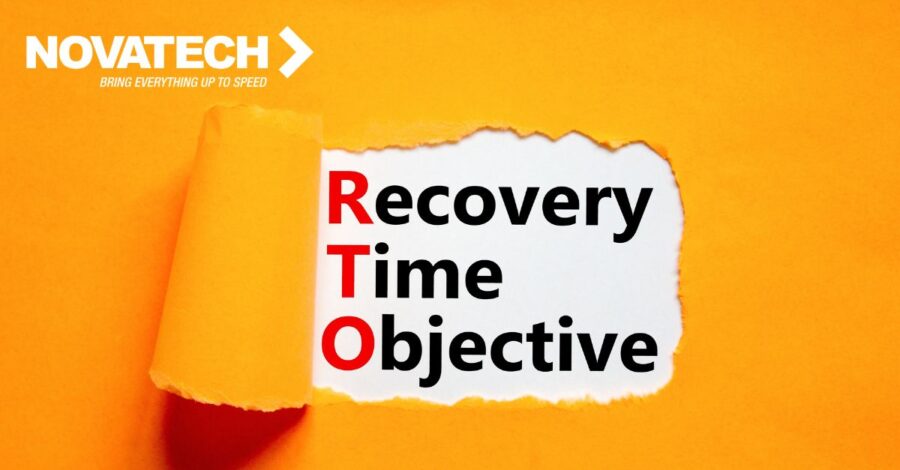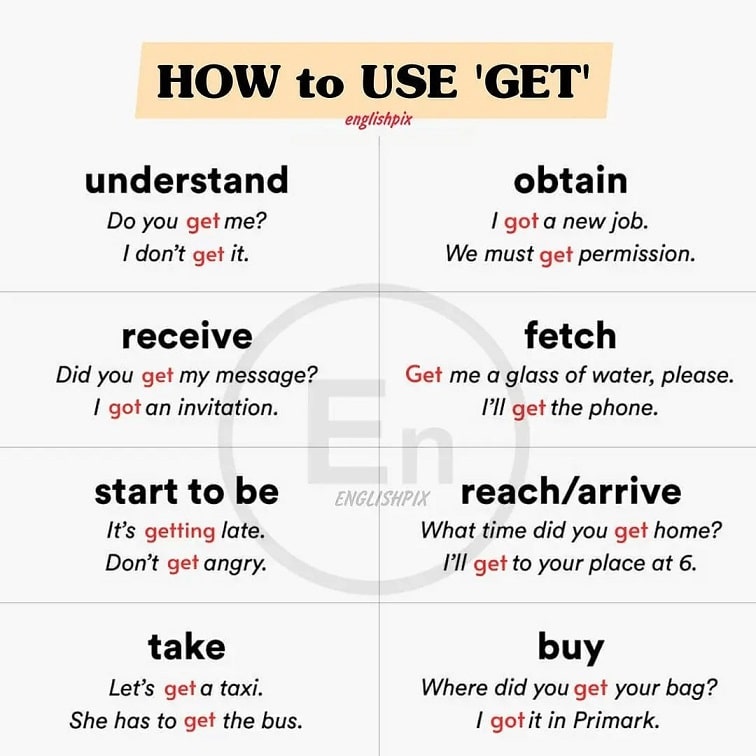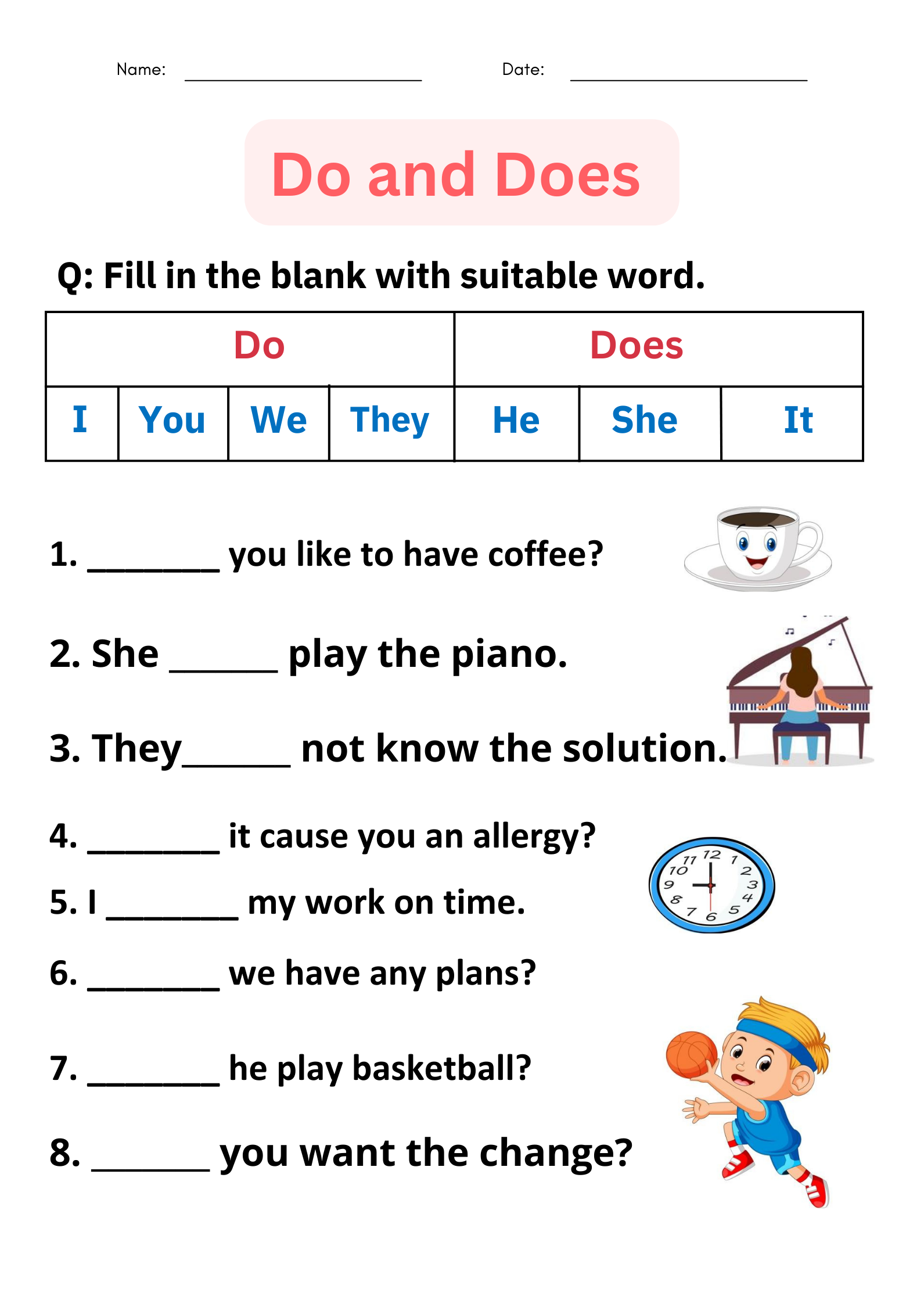Crafting an Effective Immigration Recommendation Letter: Step-by-Step Guidance and Examples
Introduction: The Power of a Well-Written Immigration Recommendation Letter
An immigration recommendation letter is a crucial document that supports an applicant’s case for residency, citizenship, or specific visa status. Whether you are a family member, friend, employer, or community leader, a well-crafted letter can make a significant difference in the outcome of an immigration application. This comprehensive guide offers actionable steps, examples, and alternatives to ensure your letter stands out and meets official requirements.
Understanding the Purpose and Impact
The main goal of a recommendation letter for immigration is to provide credible testimony about the applicant’s character, achievements, and contributions. Immigration officials and judges rely on these letters to assess the applicant’s suitability, moral character, and potential impact on the community. Your words should:
- Demonstrate a genuine relationship with the applicant
- Highlight specific positive attributes and achievements
- Showcase the applicant’s contributions to society or the workplace
- Provide evidence of good moral character and reliability
- Offer a heartfelt, strong recommendation for the applicant’s case
Letters from credible individuals-such as U.S. citizens, legal permanent residents, or recognized professionals-carry more weight [5] .
Key Components of an Immigration Recommendation Letter
A powerful letter follows a clear structure and covers essential points. The recommended format includes:
- Date and Salutation: Begin with the date. Use a formal greeting; “To Whom It May Concern” is appropriate if the recipient is unknown [3] . If you know the officer’s name, personalize the salutation [4] .
- Introduction: State your name, profession, citizenship status, and relationship to the applicant. Specify how long and in what capacity you have known them [1] .
- Body Paragraphs: Offer detailed examples of the applicant’s character traits, achievements, and community involvement. For employment cases, highlight professional skills and contributions. For family or friends, focus on personal qualities, stability, and moral character [2] .
- Challenges and Hardships: If relevant, discuss potential hardships the applicant may face if not granted immigration benefits. Explain the emotional or financial impact on their family and community [2] .
- Conclusion: Clearly state your recommendation and belief in the applicant’s suitability. Offer your contact information for follow-up questions [3] .
- Signature: End with your signature and printed name.
Detailed Step-by-Step Instructions
Follow these steps to create a compelling immigration recommendation letter:
Step 1: Gather Information
Before writing, collect details about the applicant and their circumstances. Confirm the type of immigration benefit sought (family-based, employment, humanitarian, etc.). Understand the qualities or achievements that need highlighting-such as leadership, reliability, or community service. If you are unsure which aspects to emphasize, consult with an immigration attorney for guidance [5] .
Step 2: Format the Letter Properly
Use professional stationary if you represent a business or organization. Include the date, address block, and formal greeting. A clear, organized format helps officials quickly identify key information [3] .
Step 3: Write a Strong Introduction
Introduce yourself with your name, occupation, and legal status. Describe your relationship to the applicant and how long you have known them. For example:
“I am John Doe, a U.S. citizen and professor at XYZ University. I have known Jane Smith for four years as her academic advisor and mentor.”
Step 4: Provide Specific, Personal Examples
Describe the applicant’s character traits and achievements with concrete examples. For family members, focus on emotional and financial stability, community engagement, and positive impact. For employees, detail job performance, skills, and professional contributions [1] . For friends or community members, highlight volunteer work or leadership roles.
Example for a family member:
“Henry constantly puts the well-being of their family and friends before themselves. They are honest, compassionate, and hardworking, and would become a cornerstone of any community they are a part of.”
Example for an employee:
“Jane has managed multiple projects with reliability and leadership. Her work ethic and technical skills have advanced our organization significantly.”
Step 5: Discuss Hardships or Unique Circumstances (If Applicable)
For humanitarian or hardship cases, explain the challenges the applicant may face if their immigration application is denied. Discuss how their absence would negatively affect their family, workplace, or community [2] .
Step 6: Conclude with a Clear, Heartfelt Recommendation
Reiterate your support for the applicant and emphasize why their presence would benefit the U.S. Offer to provide further information if needed. Example conclusion:
“I believe Henry Valdez should be considered for naturalization as soon as possible. Our country will always need people like Henry. If you have any additional questions regarding their character or merit, please feel free to contact me.”
Step 7: Sign and Provide Contact Information
Include your full name, signature, phone number, and email address. This adds credibility and makes it easy for officials to follow up [3] .
Real-World Examples and Templates
Many reputable sources offer sample letters and templates. For practical guidance, read through detailed examples from trusted legal blogs and immigration advisors. For a sample letter and downloadable PDF, see Manifest Law’s resource [1] . TemplateLab provides dozens of character reference letter samples for various immigration scenarios [3] .
When using templates, always customize them with personal stories and specific details unique to the applicant. Avoid generic statements; concrete examples have a stronger impact on decision-makers [5] .
Common Challenges and Solutions
Challenge: Not knowing which achievements or traits to highlight. Solution: Consult with the applicant or their attorney to identify the most relevant qualities for the immigration benefit sought. Emphasize traits or skills that align with the requirements of the visa or status.

Source: minuteschool.com
Challenge: Writing for the wrong audience (e.g., using a family member for an employment visa). Solution: Select a recommender whose relationship and credibility best fit the specific immigration category. For work-based visas, choose supervisors or professional peers.
Challenge: Lack of specific examples. Solution: Take time to gather anecdotes, awards, or evidence of community involvement before writing. Include dates, locations, and outcomes wherever possible.
Alternative Approaches and Additional Support
If you are uncertain about writing a letter, consider consulting an immigration attorney or legal aid organization. They can offer guidance and review your draft for compliance and effectiveness. Many law firms and immigration resource sites provide sample letters and step-by-step advice. For personalized assistance, search for “immigration attorney” or “legal aid for immigration letters” in your area.

Source: programinter973.weebly.com
Tip: Some organizations offer free workshops or clinics to help you draft support letters. Contact local bar associations or nonprofit immigration services for more information.
Summary of Key Takeaways
- Always tailor the letter to the applicant’s specific situation and the immigration benefit sought.
- Include detailed, personal examples of character, achievements, and impact.
- Choose the right recommender for the specific visa or status.
- Format the letter professionally and offer your contact information.
- Consult legal professionals when in doubt.
If you need further guidance, you can access sample letters from Manifest Law [1] or review additional templates at TemplateLab [3] .
References
- [1] Manifest Law (2024). Immigration Recommendation Letter: Expert Tips + Sample.
- [2] VisaNation (2025). Immigration Reference Letter for a Family Member | Sample.
- [3] TemplateLab (2023). 36 Free Immigration Letters (Character Reference Letters for Immigration).
- [4] Dupple (2024). How To Write A Reference Letter For Immigration: Tips & Templates.
- [5] LawFirm1 (2025). Immigration Recommendation Letter | Sample Guide.
MORE FROM mumsearch.com













